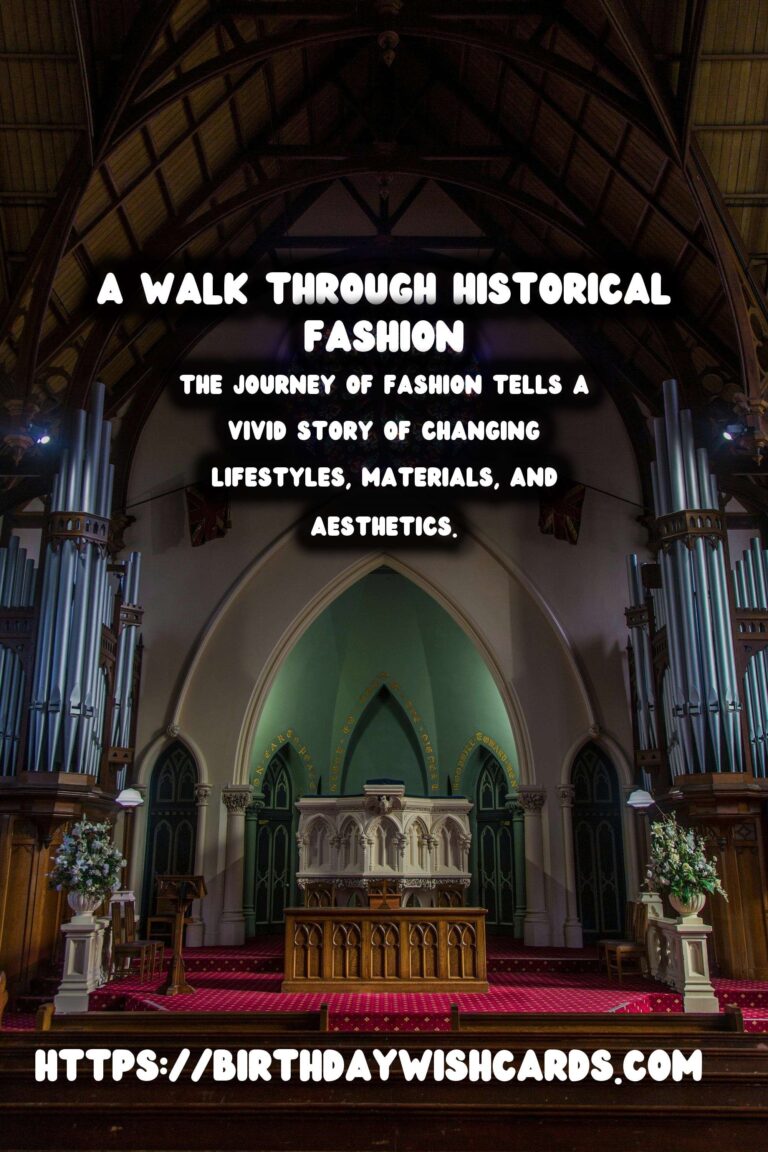
Fashion has always been a fascinating reflection of society’s cultural evolution. From ancient draped garments to the cutting-edge styles of the modern era, the journey of fashion tells a vivid story of changing lifestyles, materials, and aesthetics.
Ancient Empires and Their Dress Codes
The world of ancient fashion is as rich and diverse as the civilizations that birthed them. In ancient Egypt, clothing was not just functional but also symbolic. Linen was the fabric of choice, and the clothing was light and breathable to suit the harsh climate. Pharaohs adorned themselves in elaborate headpieces and jewelry, not just for fashion but as a display of divine connections and power.
Meanwhile, in ancient Greece, garments were typically more about draping than sewing. The chiton and himation were iconic, with their elegant folds symbolizing both wealth and intelligence.
The Medieval and Renaissance Influence
As we move into the medieval period, clothing bore a mark of social hierarchy more than ever before. During the Middle Ages, different fabrics and colors symbolized rank and fortune. The use of fur and embroidered fabrics among the nobility contrasted starkly with the woolen garments of peasants.
Renaissance fashion, fueled by a thirst for beauty and art, gave rise to elaborately decorated garments. This period celebrated luxurious textiles, lace, and embroidery. The corset made its lasting debut, coupled with wide skirts achieved by skillful tailoring and the use of hoops.
The Revolutionary 18th and 19th Centuries
The 18th century witnessed a fashion revolution where both men’s and women’s clothing became more intricate and ornamental. The Rococo style, characterized by pastel colors and ornate details, was all the rage among European aristocrats.
The 19th century brought about significant changes. With the Industrial Revolution, the mass production of textiles became possible, making fashion accessible to a broader audience. The Victorian era was marked by modesty and intricacy, with women’s fashion favoring full skirts and bustles.
20th Century: Fashion on Fast-Forward
The 20th century was a kaleidoscope of evolving styles. The flapper dresses of the 1920s epitomized the newfound freedom and rebellion of women post-World War I. The post-war 1950s saw the rise of haute couture, where designers like Christian Dior defined a new era of elegance.
By the 1960s and 70s, fashion became a “melting pot” of ideas. From the bold prints of the psychedelic era to the rebellious punk styles, fashion was all about breaking norms and making statements.
21st Century Fashion: A New Era of Expression
Today, fashion continues to evolve, embracing a global platform. The digital age has brought fashion to the forefront with instant access to trends and styles from all over the world. Sustainable fashion has become a significant movement, with more consumers and brands prioritizing eco-friendly practices.
Technology in fashion is also at the forefront, with smart garments and AI-driven designs setting the stage for the future.
Conclusion
The journey of fashion is a fascinating tale of human progress. Each era brought with it innovations and creative expressions that shaped society, making fashion a powerful cultural marker that continues to inspire and challenge norms.
Fashion has always been a fascinating reflection of society’s cultural evolution. The journey of fashion tells a vivid story of changing lifestyles, materials, and aesthetics. 
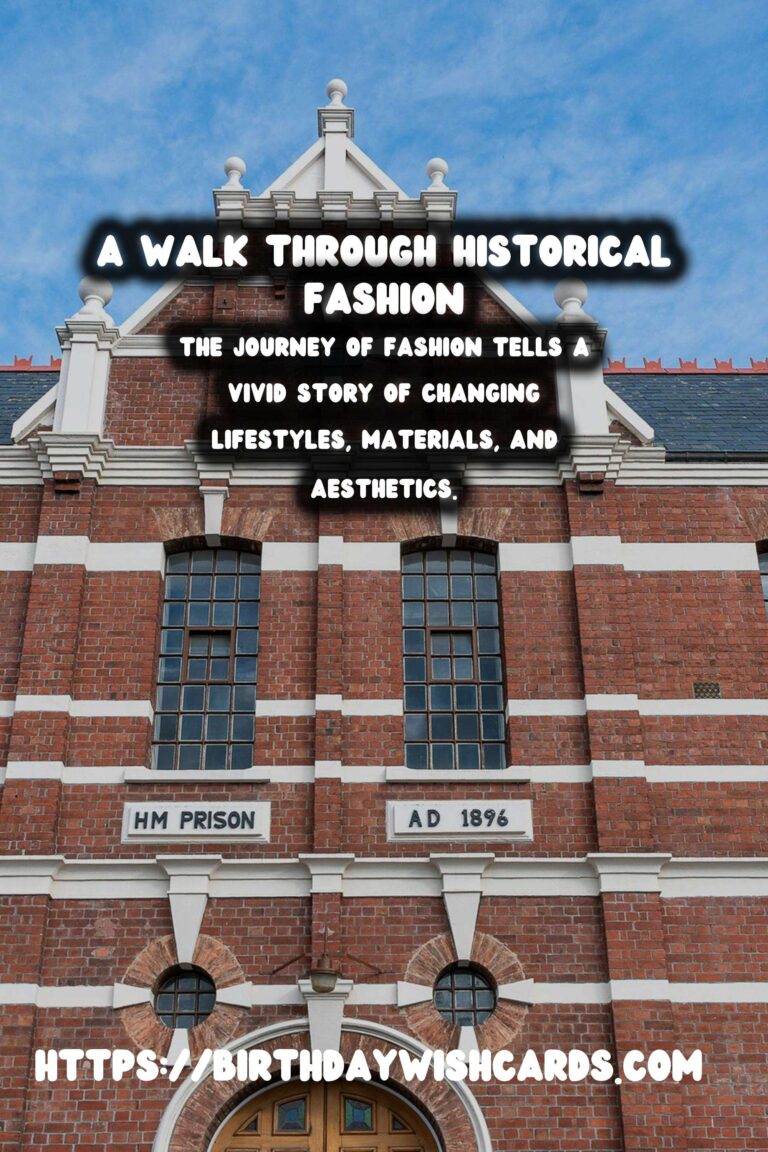
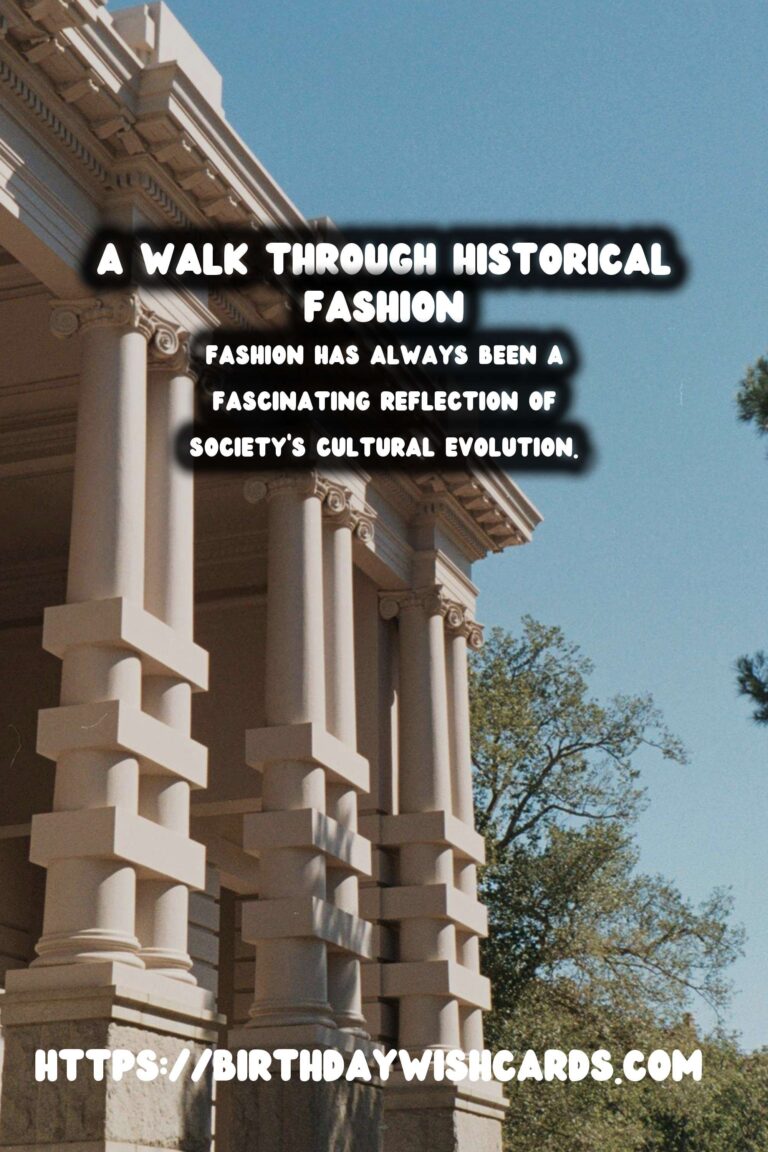
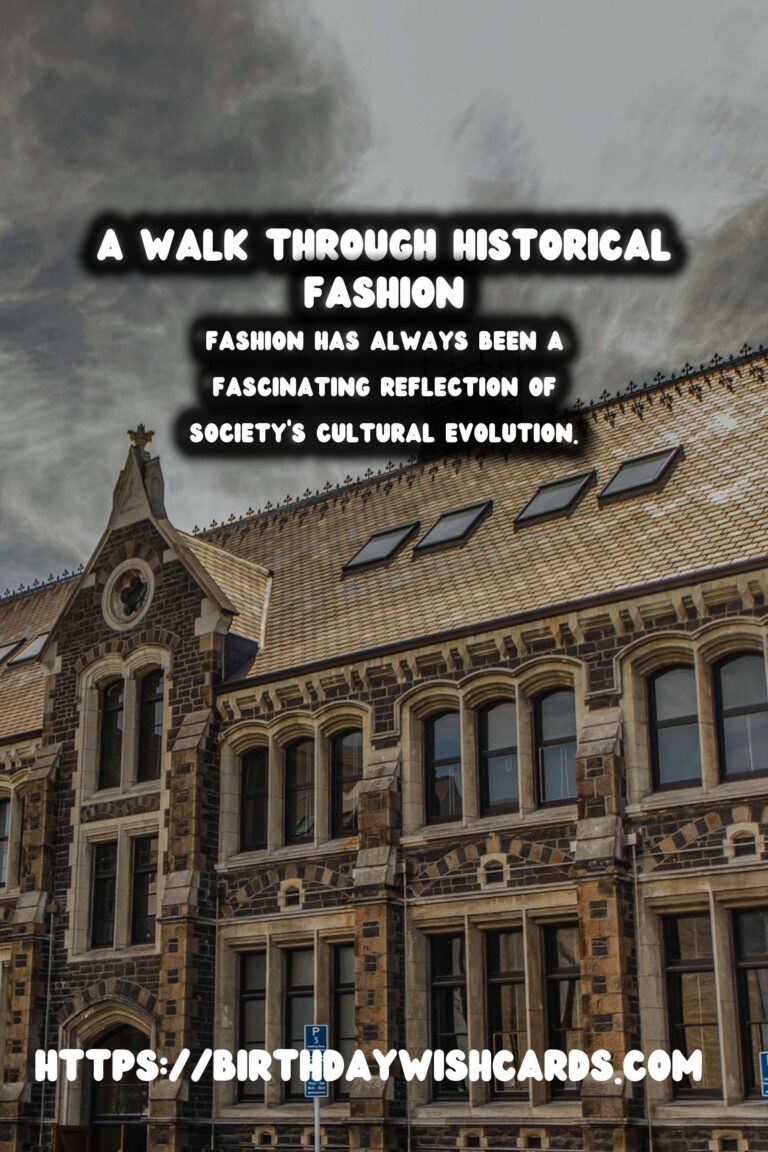
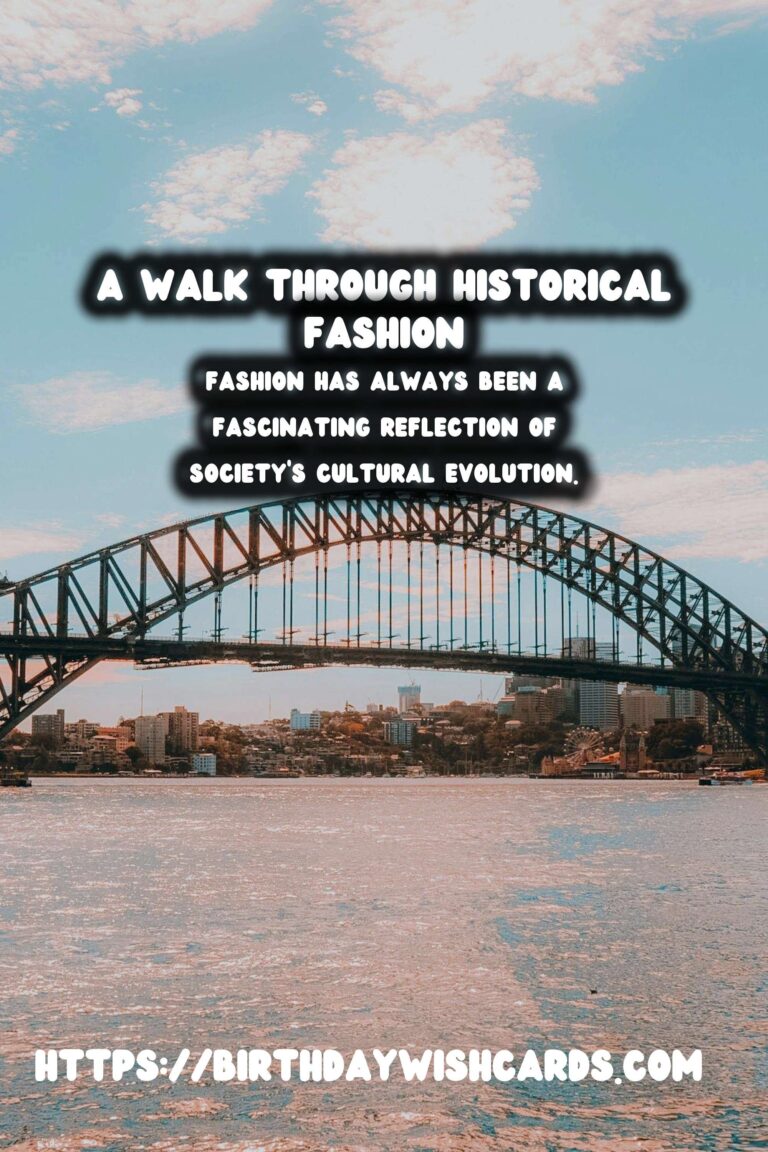
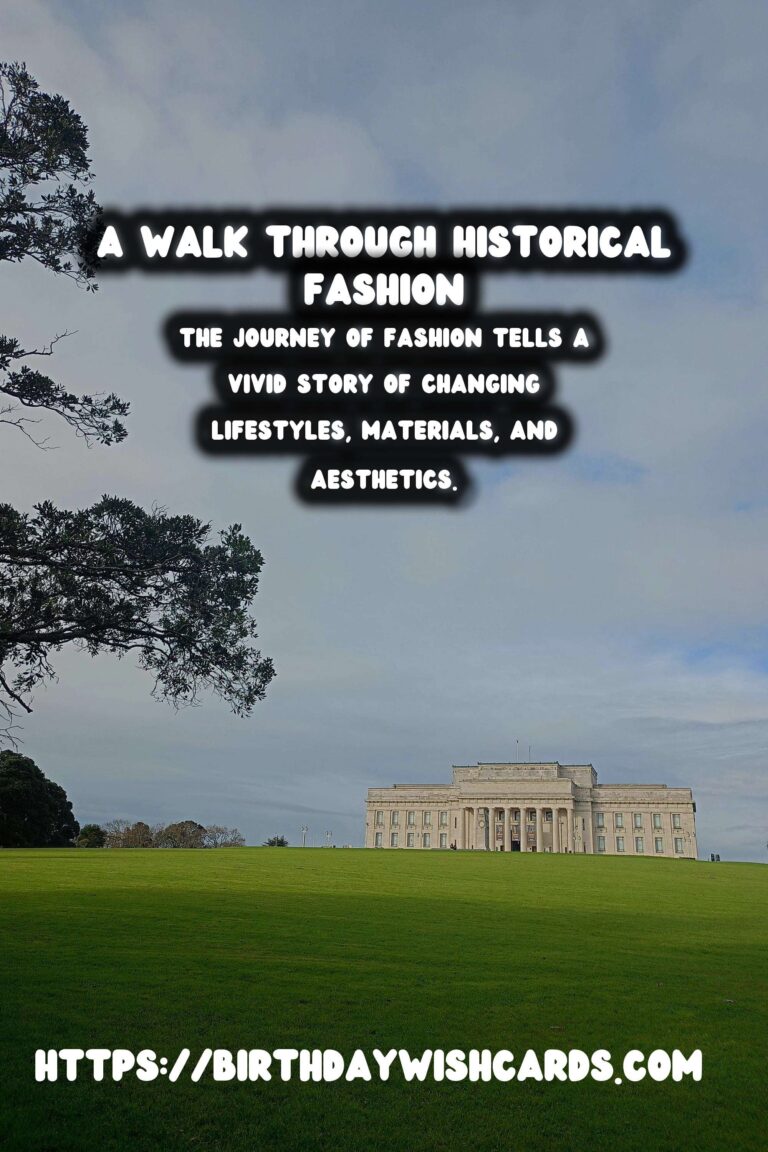
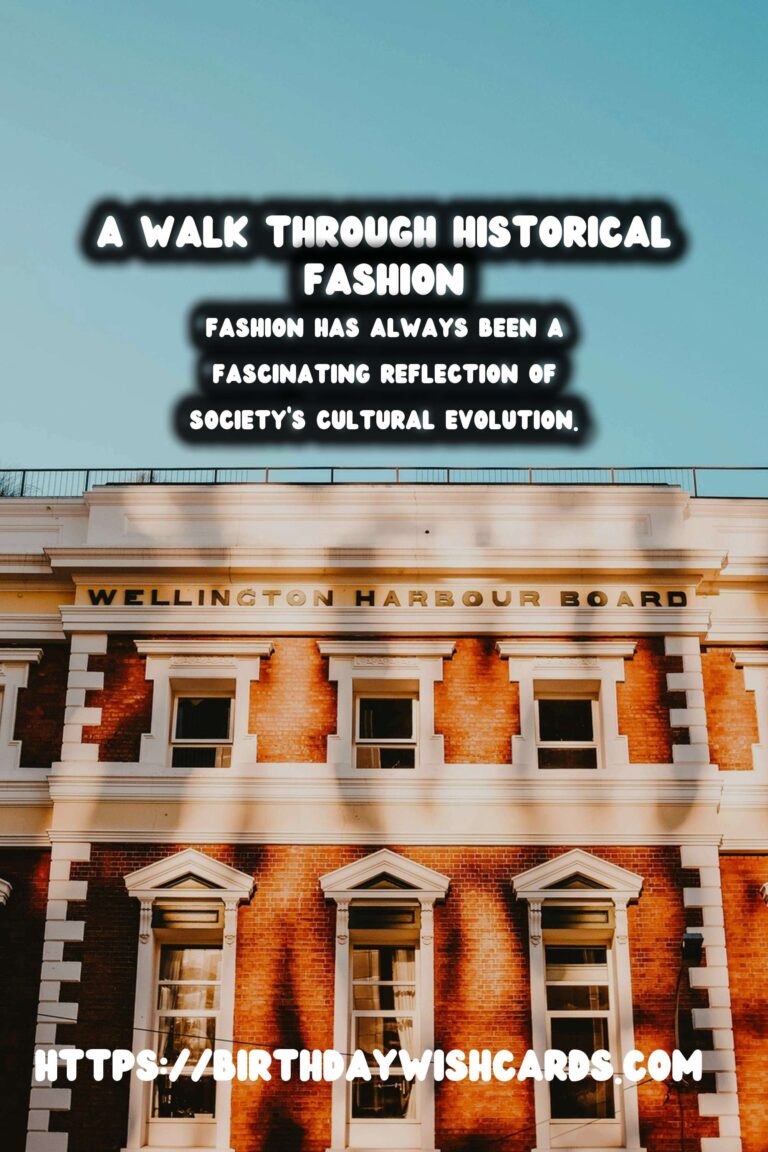

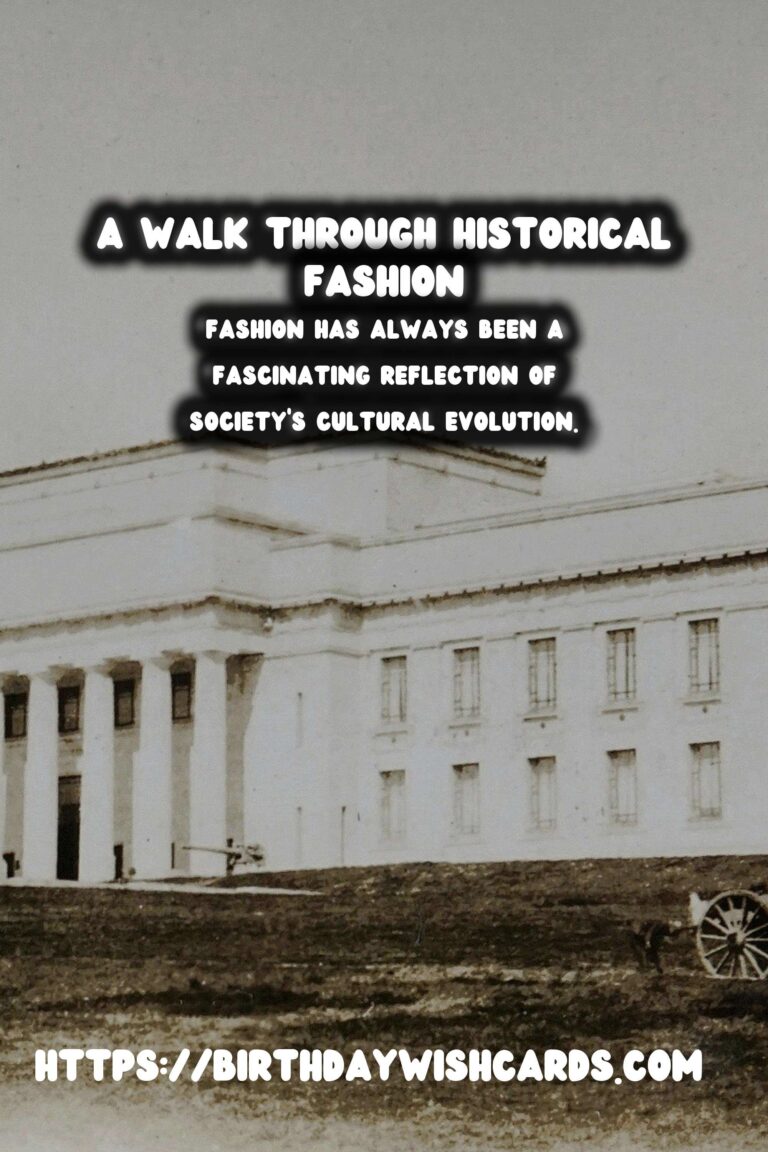
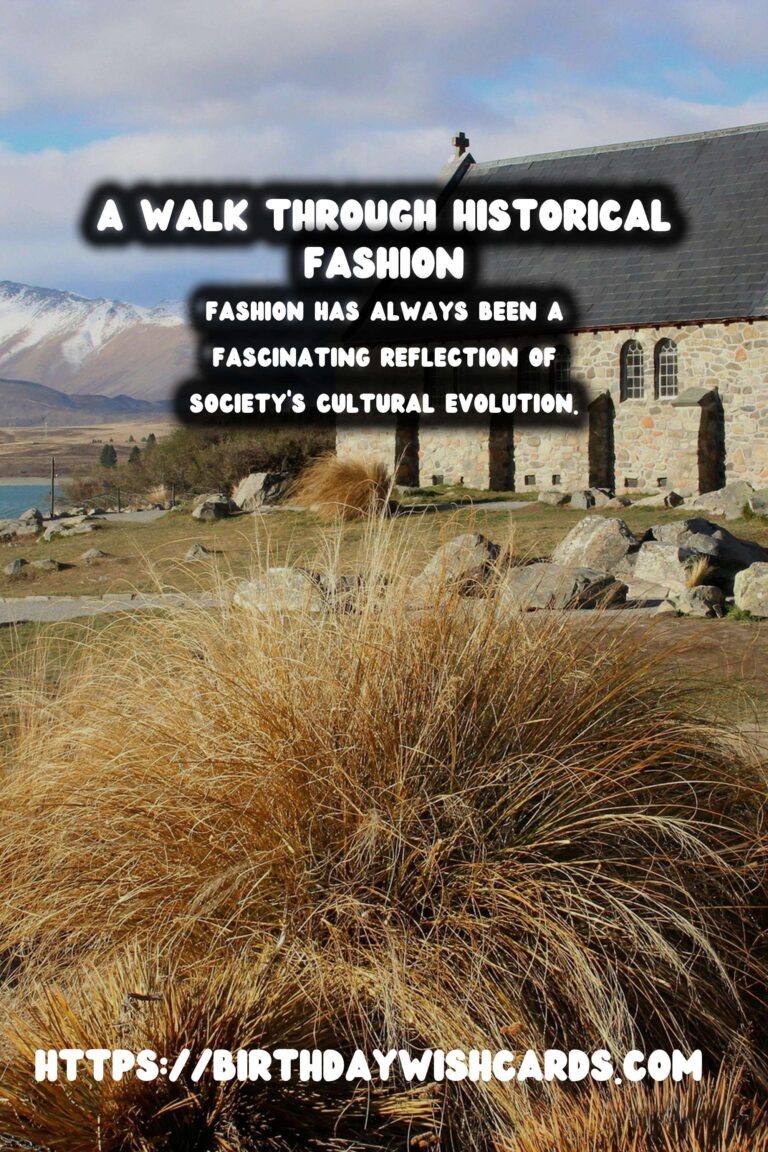
#HistoricalFashion #FashionThroughAges




